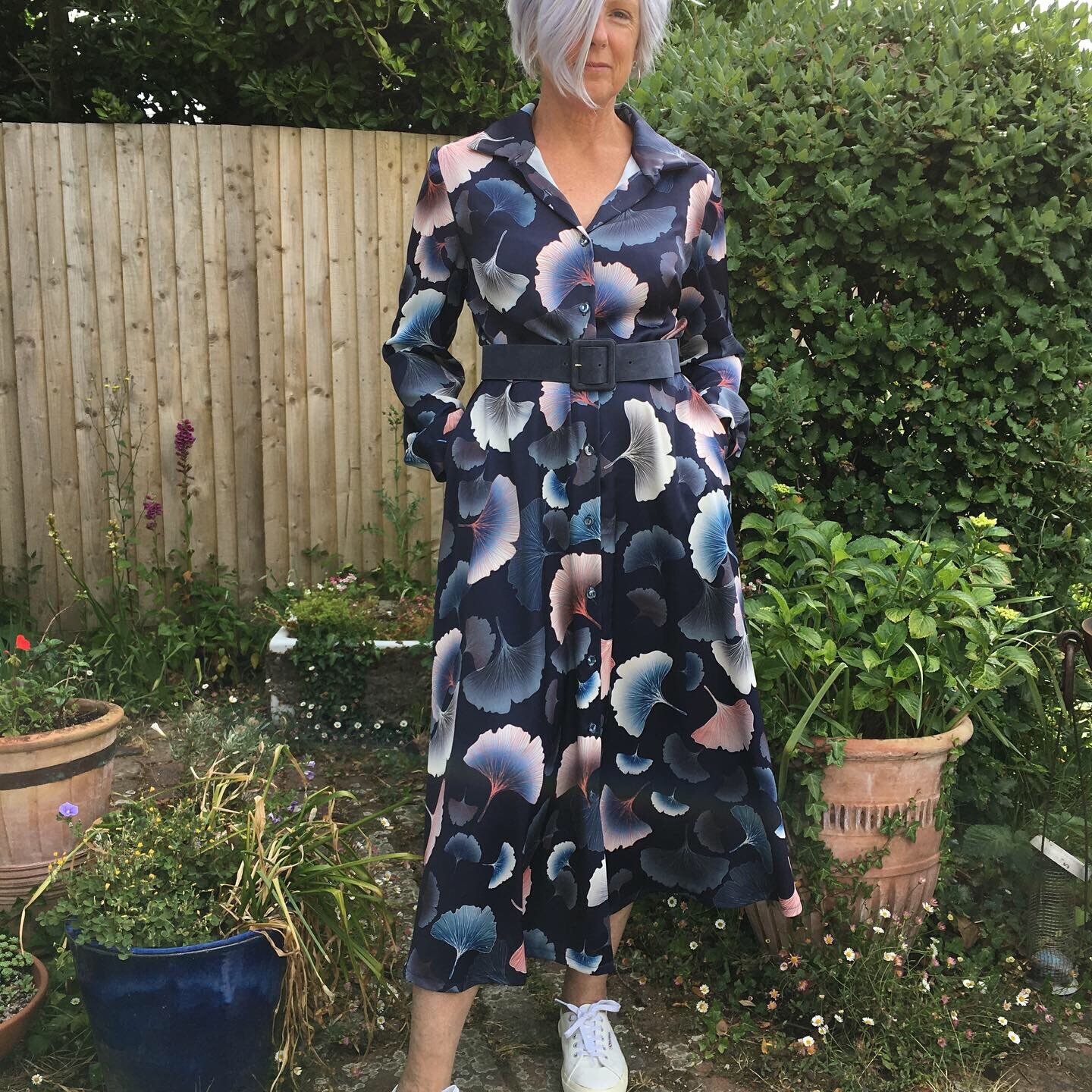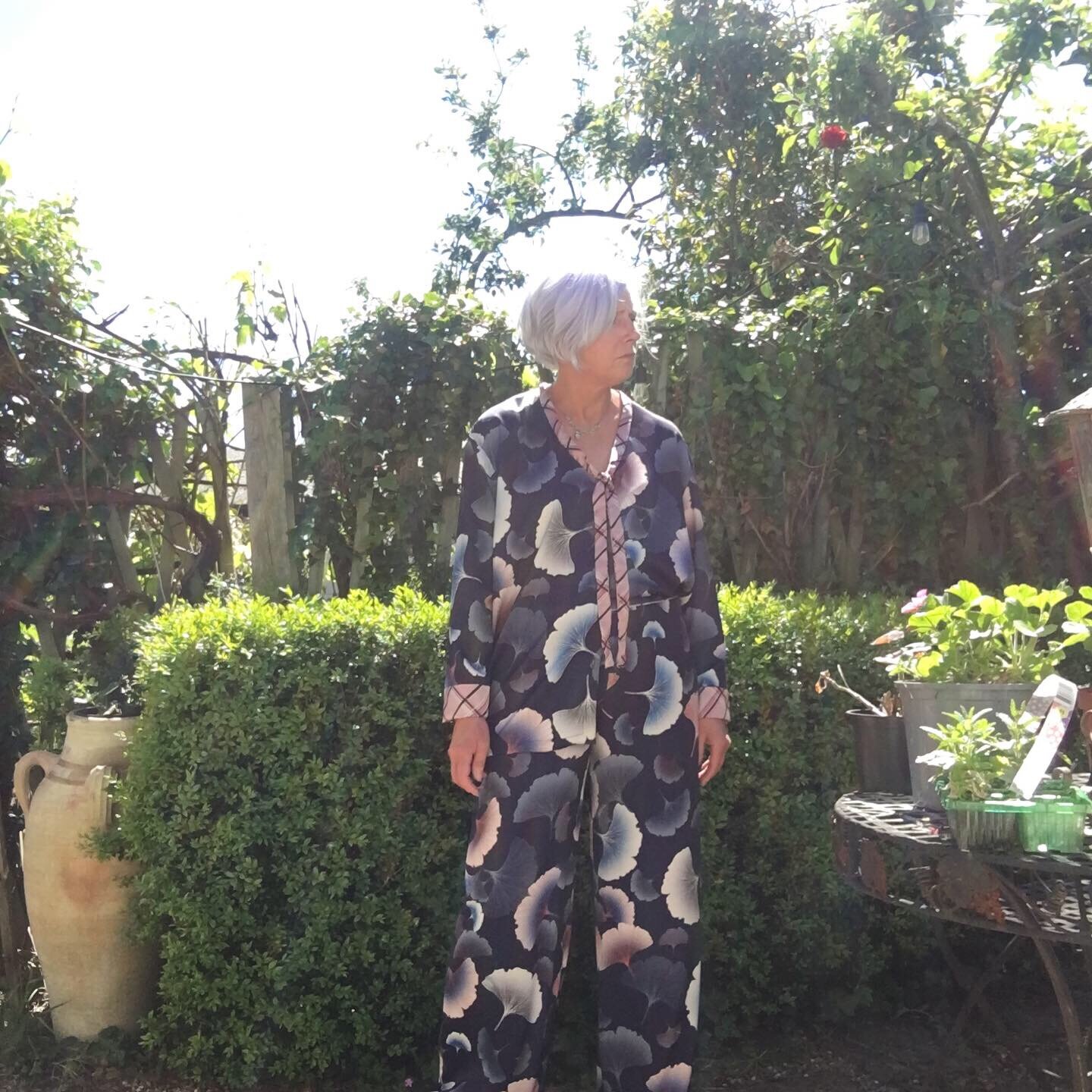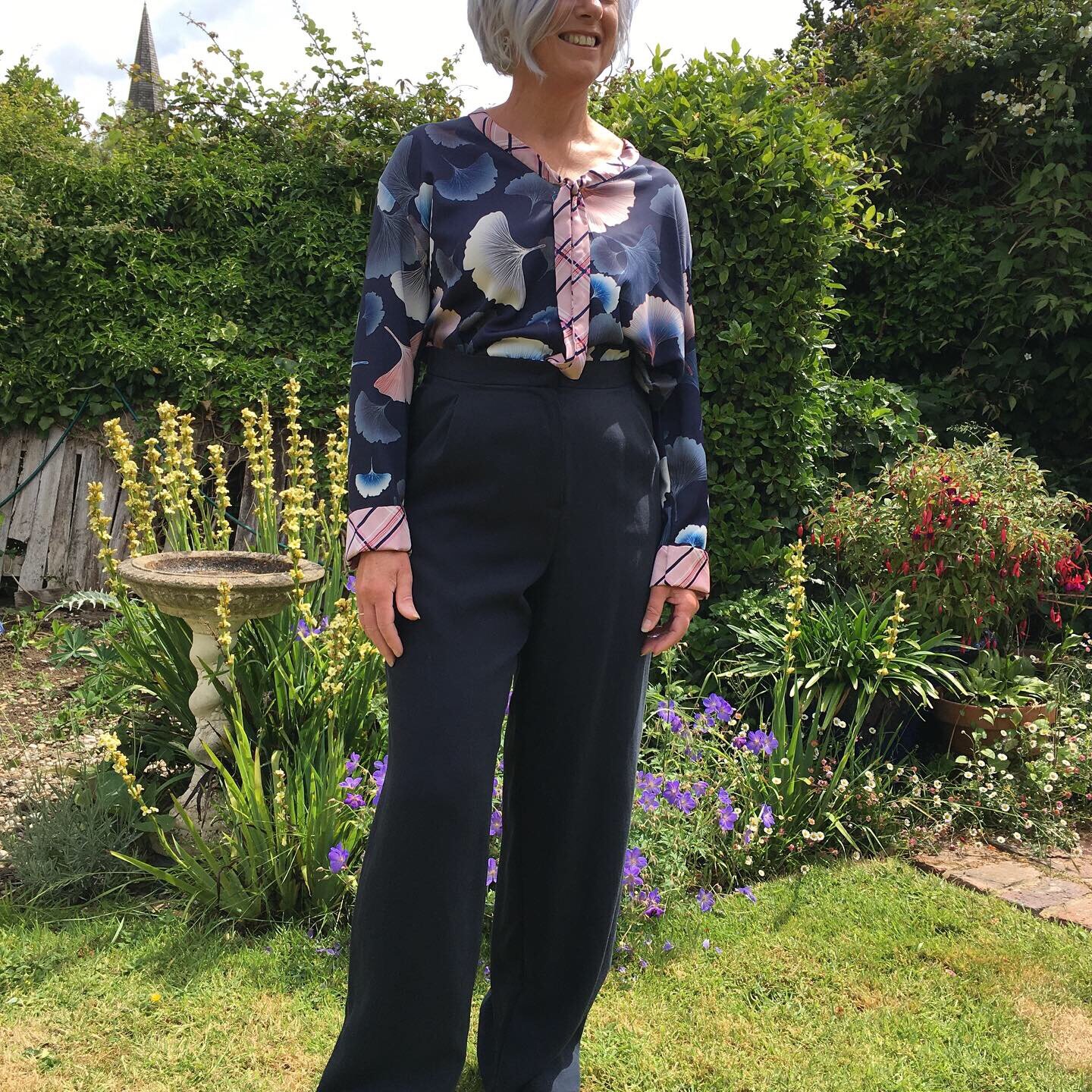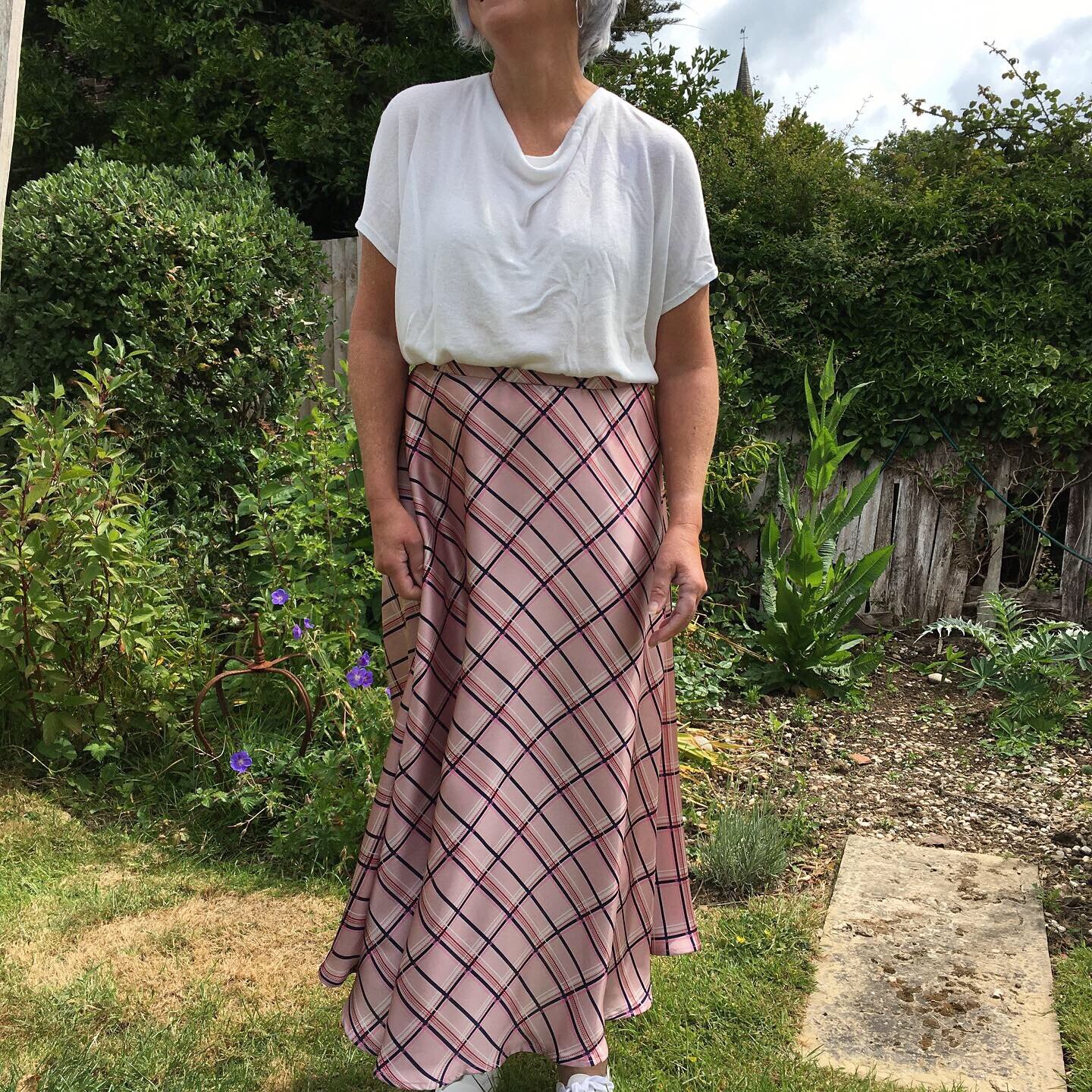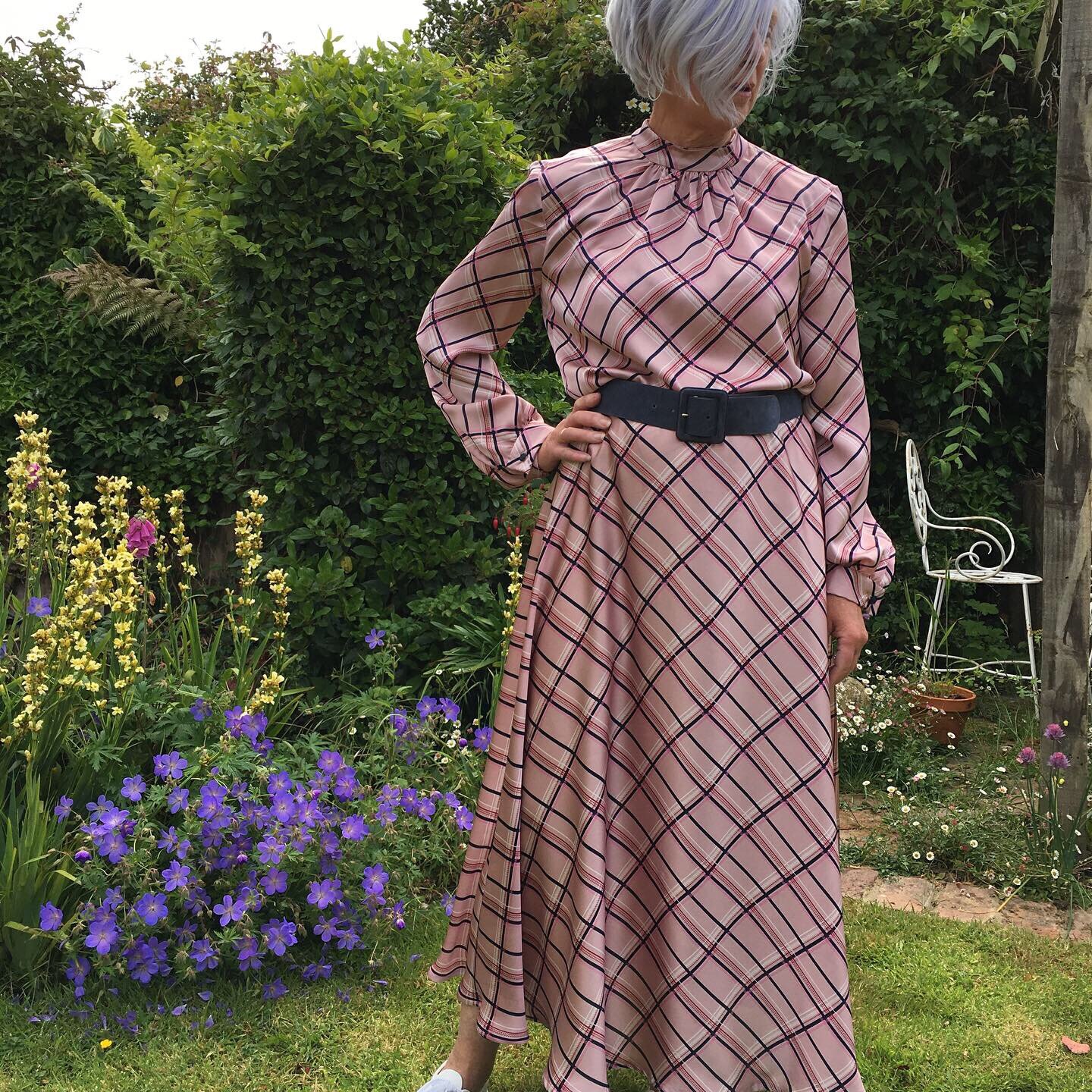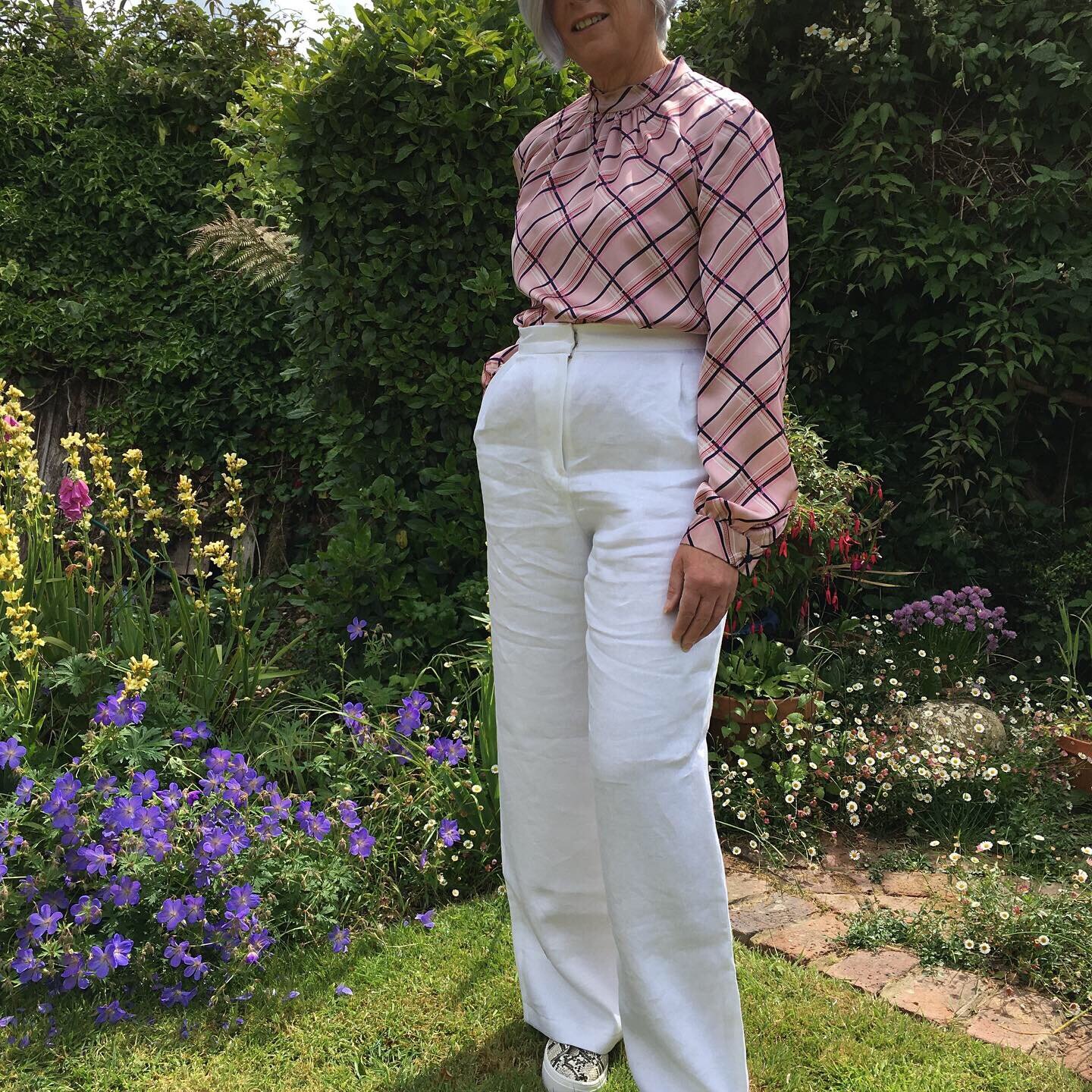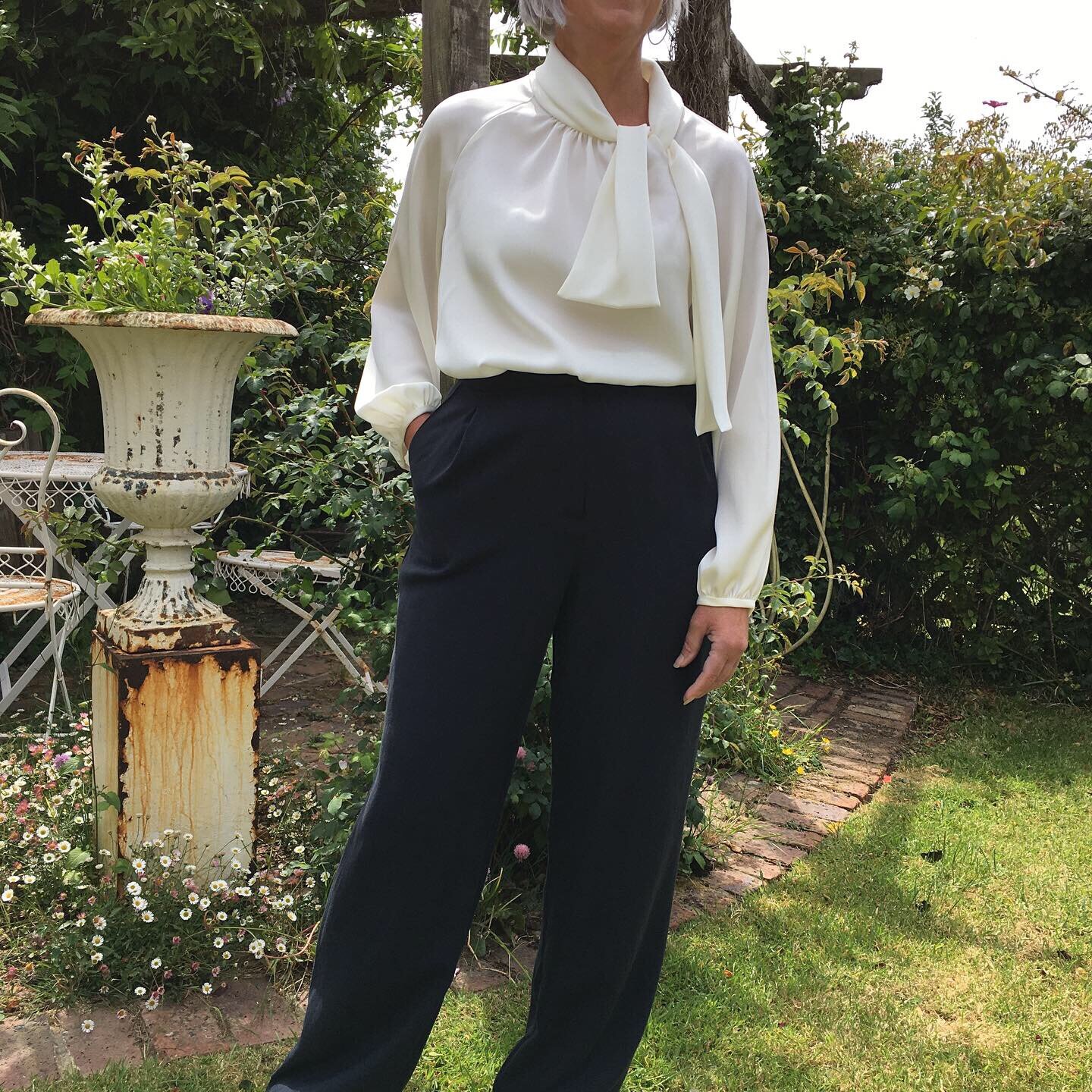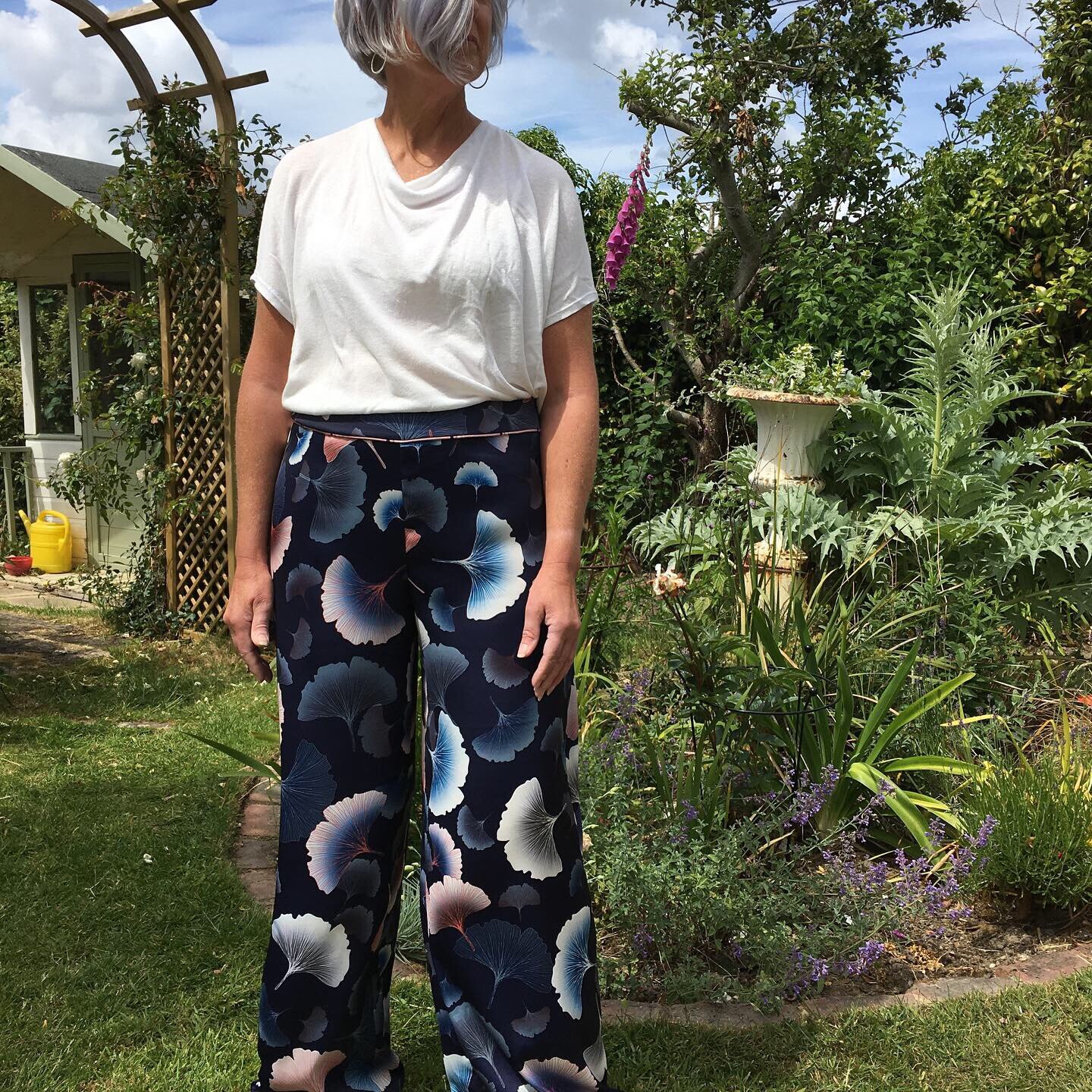Designing a Cohesive Collection
Nine items from my cohesive ten piece personal collection for Spring/Summer 2020
I’d always liked the idea of designing my own personal clothing collection, combining a number of pieces which would all coordinate and work well together. Lockdown has given me the time to focus on this project and the luxury of many hours spent researching designs, colour combinations, trends and fabrics, not to mention sewing.
This Spring/Summer 2020 collection comprises ten pieces, within a colour theme of navy, ivory and pink. The inspiration came from many sources - fashion magazines, Pinterest, Instagram, internet searches of sewing patterns and fabrics - both modern and vintage - and looking at what was on offer in High Street stores such as Zara, which seems to bring in new looks every two weeks.
In fact, the catalyst for this collection can be largely attributed to Zara; I saw a shirtdress in a cornflower blue which I liked so much I almost put it in my shopping basket - but then I stopped myself with a firm reminder that my days of clicking the ‘buy now’ button on fast fashion websites are over. Instead I took the idea of the shirtdress and sourced a pattern and fabric, knowing full well that the fit and finish would be absolutely what I wanted and not a ‘make do’ solution.
Sourcing the fabric for the dress led to the inspiration for the entire collection. Although not what I was initially looking for, I fell in love with a bold navy print satin from Danish company, Stoff & Stil, which features leaves from the ginkgo - or maidenhair tree - in shades of white, blue, grey and coral. Stoff & Stil had cleverly combined this print in its magazine with a coordinating pink checked satin so I knew these two fabrics would work well together. I decided to use these two prints as the basis for my collection, combining them with solids in navy and ivory to produce a range of garments; two pairs of trousers, a skirt, summer coat, two blouses and a T-shirt, as well as the shirtdress.
I used my rusty drawing skills to sketch out the designs for all the pieces. Some of these changed slightly in the making but it was a good starting point to refer back to.
Once I’d sourced fabrics and sewing patterns I sketched out my ideas, matching these with fabric swatches to give an indication of how these pieces would look both individually and as a collection. I think the design and planning stage was definitely one of the most enjoyable - choosing and sourcing the colours, fabrics and sewing patterns, sketching the designs and watching these evolve, and generally having the opportunity to approach the entire process in the way in which a fashion designer might.
One of my biggest regrets was giving myself a tight deadline in which to complete the project; although I had three pieces made already, I gave myself the month of May 2020 to complete the other seven pieces. Although this was manageable, it added a lot of unnecessary pressure and definitely detracted from the enjoyment of the process. I managed to complete six of the pieces by early June, with just the coat remaining and I had no desire to rush this final garment, preferring to let the process unfold in its own time to produce a high-quality, well-finished garment.
Conclusions
This project highlighted some important points to bear in mind to ensure that future collections are successful:
Before embarking on your project try and pinpoint your own style - which colours look good on you? Which styles flatter your shape?
Think very carefully about which items of clothing you need to suit your lifestyle; design for the life you have - not the one you are perhaps aspiring to!
Look at what’s already in your wardrobe - can you use any of these pieces and build on them to reduce the number of garments you need to make, and to ensure that your style is cohesive?
As well as looking at colours and prints, think about the composition of the fabrics. I was swayed by the designs of the Stoff & Stil fabrics - so much so that I ignored the fact that they are both polyester - not ideal for hot summer temperatures, which therefore limits wearability.
Don’t be tempted to rush the project - the only deadlines are those you impose on yourself. It’s unnecessary and detracts from the enjoyment. Take the time to savour the process and employ techniques which will elevate the finished garment - both inside and out.
Of course the main idea of a co-ordinated collection is to ensure that all - or at least the majority of - pieces in a wardrobe work together, thus reducing the amount of clothes required - this was certainly my initial plan. However, with my current fabric stash, coupled with my love of making new clothes, I can’t envisage my wardrobe getting smaller any time soon, despite best intentions! Let me know in the comments below whether you’ve ever attempted a capsule wardrobe, and whether it worked for you or not.



